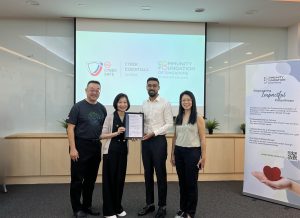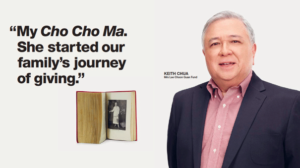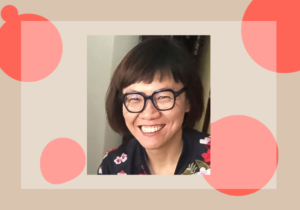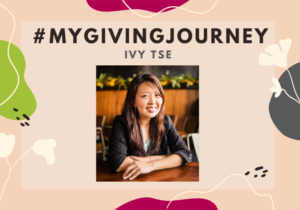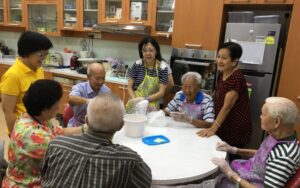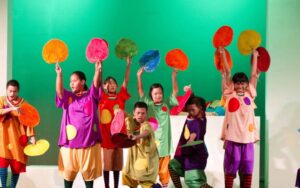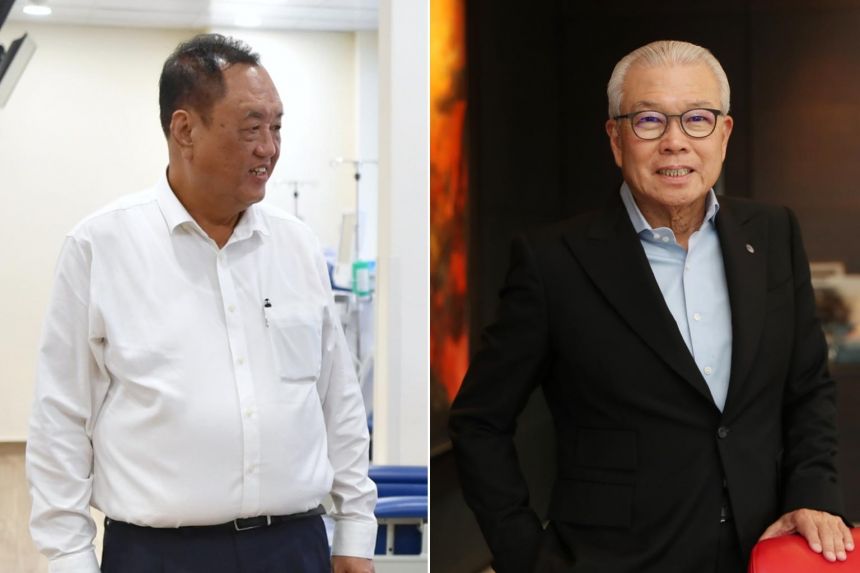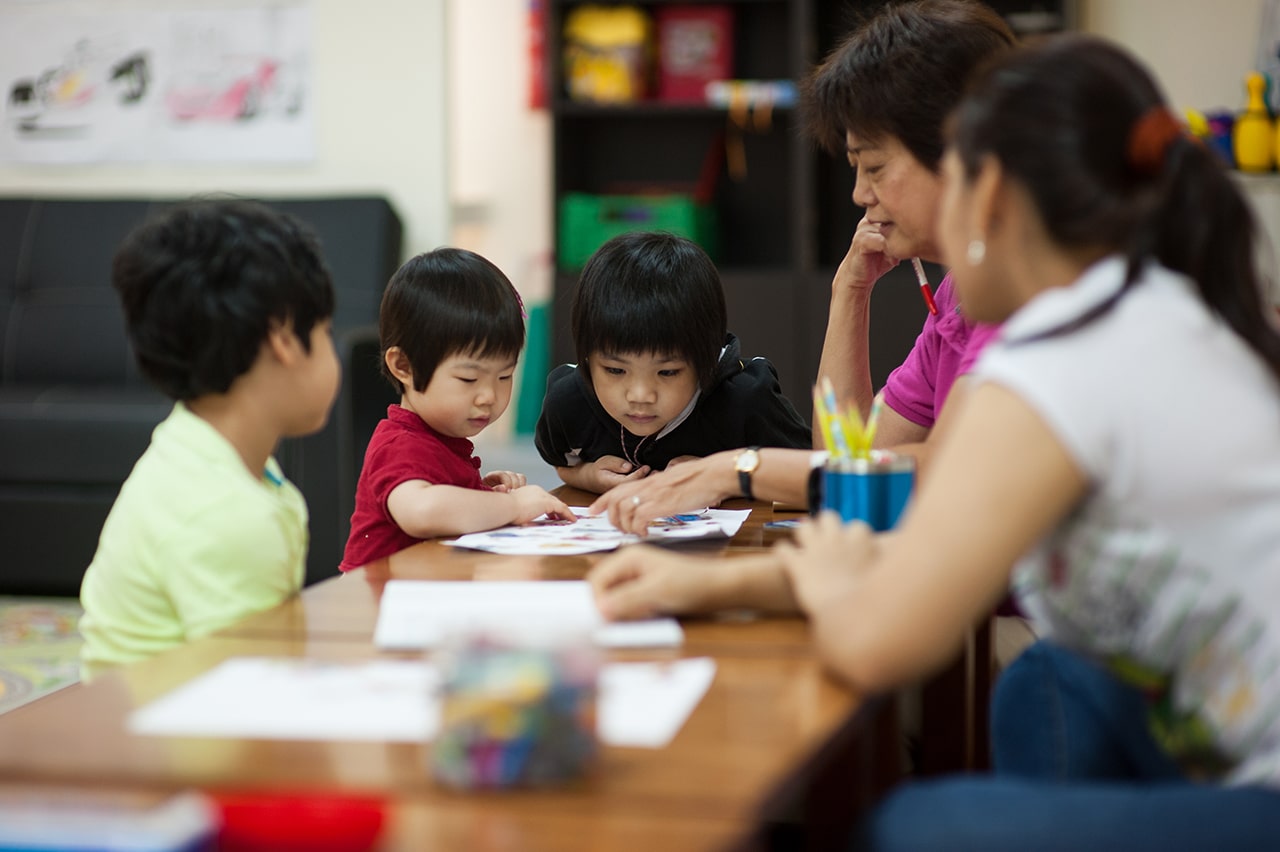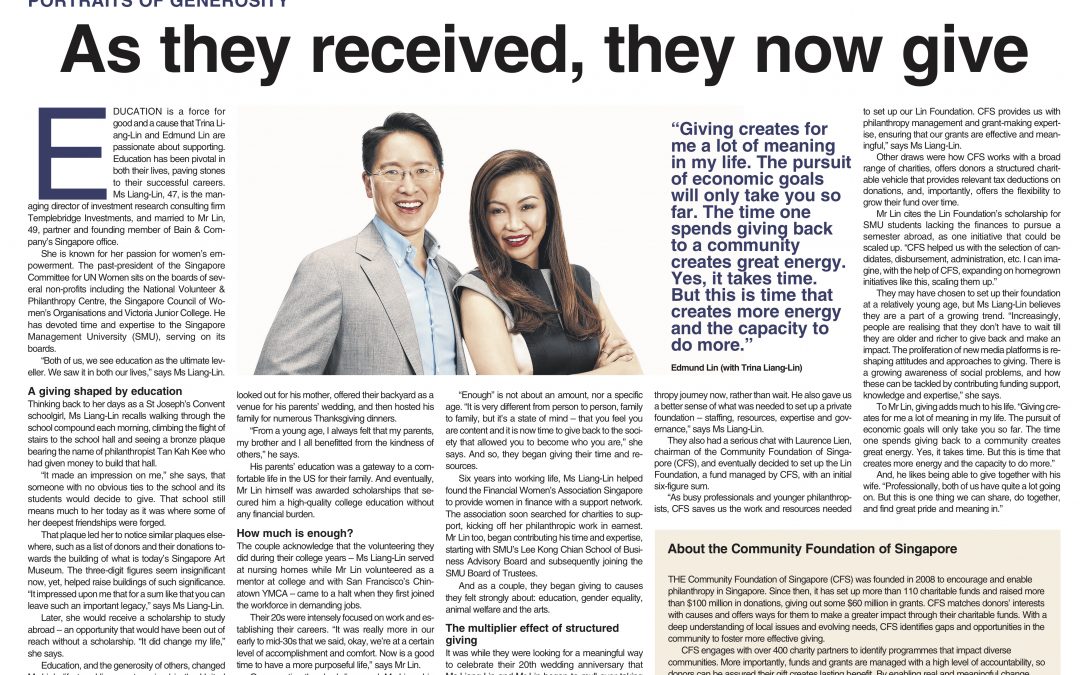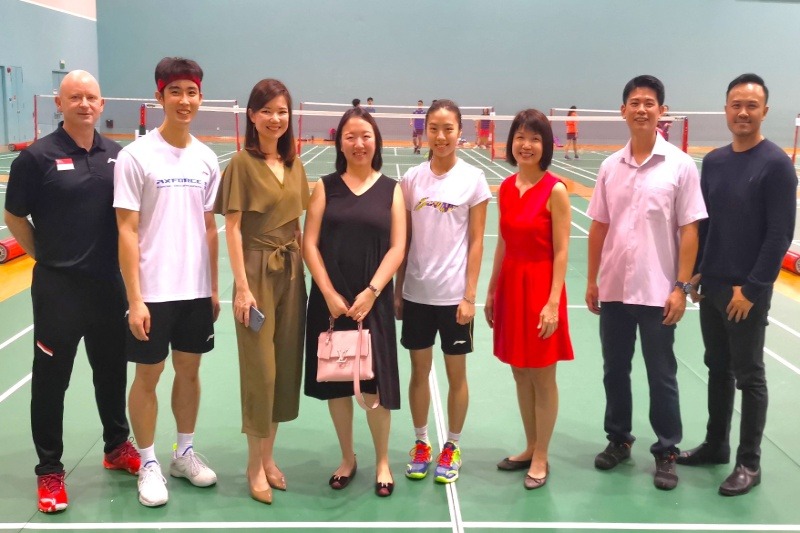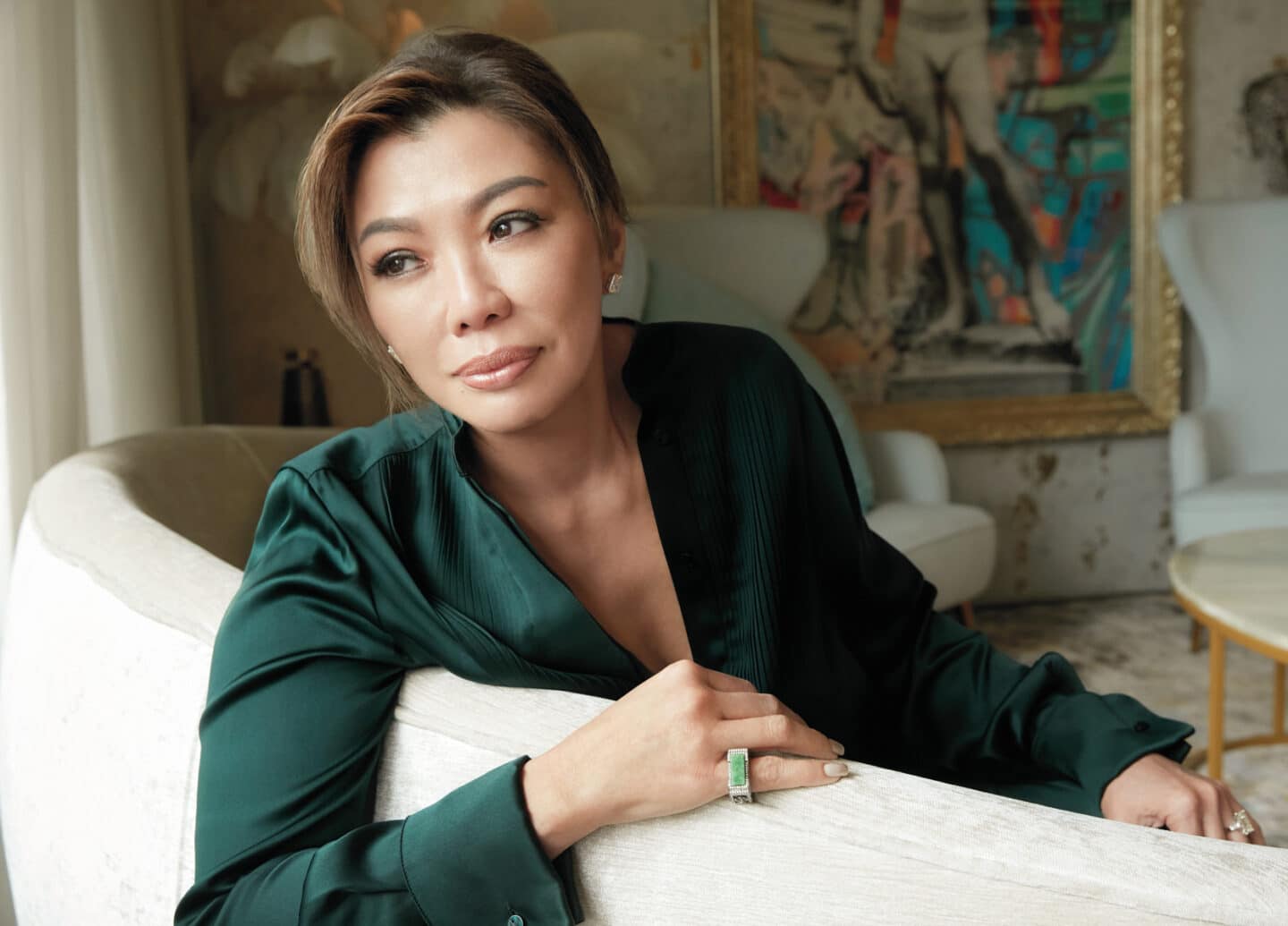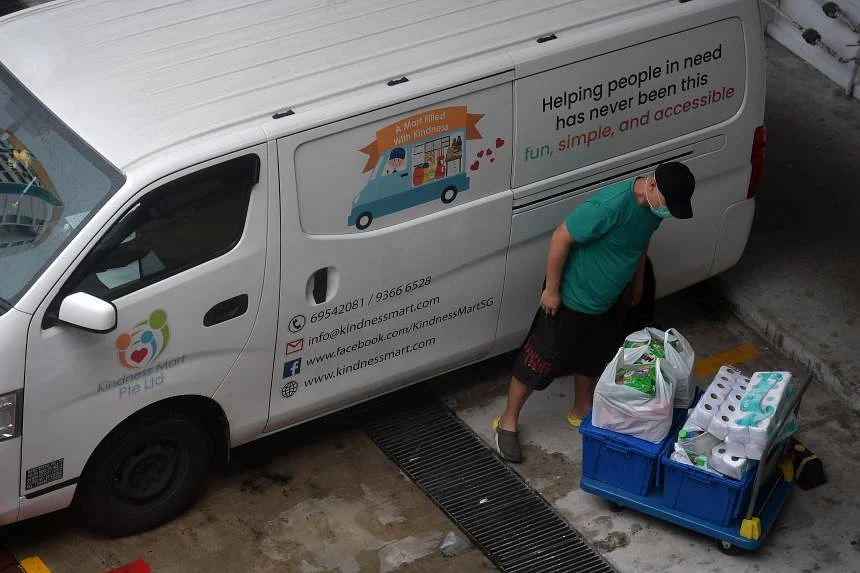Giving back to society without fuss, the Singaporean way
When people in Singapore hear the word “philanthropy”, I suspect the first picture that crosses their mind is a well-dressed person holding up a large mock cheque at a grand ceremony. Accompanying that mental picture is the thought that philanthropy is too lofty, and unattainable for them. This is understandable, given how the media tends to spotlight the big – and newsworthy – gifts to charities, and how beneficiaries want to recognise such generosity.

When people in Singapore hear the word “philanthropy”, I suspect the first picture that crosses their mind is a well-dressed person holding up a large mock cheque at a grand ceremony. Accompanying that mental picture is the thought that philanthropy is too lofty, and unattainable for them. This is understandable, given how the media tends to spotlight the big – and newsworthy – gifts to charities, and how beneficiaries want to recognise such generosity.
But the reality, certainly in the time that I have been involved at the Community Foundation of Singapore (CFS), focused on growing philanthropy, is far removed from this. The donors that the team and I have met over the years have been diverse. In many ways, this is a microcosm of Singaporean society.
There are many donors who dress modestly, who resemble a friendly neighbour you might meet at the FairPrice supermarket or hawker centre. Some of them are shy and avoid publicity, but take an active interest in how their monies support the charities and enable the programmes of their choice. There even have been easy-going donors who appear unannounced at our office with a cheque, ready to start a fund.
The obvious point is that we should not judge any book by its cover and that donors come in different shapes and stripes.
Demystifying philanthropy
But I would make an additional observation: Philanthropy should be less intimidating than we imagine.
Consider how affluent Singapore has become over the years and how the charities landscape has grown. It is home to more than 2,000 registered charities, covering the traditional social and education sectors while also including more contemporary causes such as the arts and culture, cutting-edge research, sporting excellence and protecting the environment.
The entry level to start a fund at CFS is $200,000. This is not a small figure of course, but is less formidable when one considers earnings and savings over a lifetime. For many high-net-worth individuals, this amount is manageable.
Demographically, Singapore is undoubtedly ageing but the so-called silver tsunami also represents an ideal opportunity for giving. There is a growing segment of singles and couples without children, who are mapping out their post-retirement journey or planning their legacy. For some of them, being able to give something back to the society that nurtured their working lives is an attractive proposition.
That’s why setting up a named fund that allows them to map out sustained giving over the years to preferred causes makes sense.
There is research that confirms what we know instinctively: Being generous benefits our sense of well-being and a meaningful existence. All of us must have felt the positive emotional impact of making a difference in someone’s life, triggered by the release of endorphins, leading to a warm, gratifying feeling.
Giving can indeed even help us feel a deeper connection to our community, with strengthened social bonds and the powerful idea that we are all part of something bigger.
(There is also the practical incentive of tax deduction benefits, though I note this makes more financial sense when one is actively earning an income.)
As for those planning legacy gifts, anyone owning a small condominium unit, for instance, could pledge their property for future giving. Perhaps in the future, this could extend to HDB flats with owners pledging the rest of their leases to charity when they pass on. This is something policymakers may want to further reflect on.
Last year, a Singaporean gentleman who grew up with an amah set up a fund with CFS. A frugal woman, the amah had left her life savings to him. He didn’t need the money and chose to pass those monies, with some of his own, to start a fund named after her.
The fund currently supports study awards for lower-income undergraduates at one of our local universities, among other charitable causes. What a meaningful way to honour a family hero! There are many of these quietly moving stories that my team have been privileged to hear over the years.
So for sure, one doesn’t have to fit the bill of a glamorous, gala-attending philanthropist at all, to be a generous giver or have a philanthropic purpose.
Caring for our fellow humans
Philanthropy, if we zoom out to look at its etymology, comprises two Greek words: “philos” (love) and “anthropos” (humanity). At its heart, philanthropy is a timeless idea that cuts across the millennia and geographies: the love of our fellow humans.
All humans form communities. How does one evaluate the strength of that community? Not surprisingly, it’s in how its people look beyond their material acquisitions, have a sense of the common good and take care of one another.
So of course, philanthropy is not a foreign idea in Asia. Think about how members of the wealthy Chinese diaspora built schools or set aside the funding for the destitute throughout the port cities of South-east Asia.
In other communities, pioneer Indian philanthropists like P. Govindasamy led the way by building a range of community institutions to serve those in need.
What was in these early philanthropists’ hearts when they gave away parts of their fortune to uplift lives in society? And how can we replicate that spirit today?
Muslim wakafs still invite contributions from those with more to support the community’s madrasahs or defray the burial costs for the lower-income segment.
Meanwhile, in contemporary Singapore, organisations like the CFS can play a bigger role at the national level and contribute to the shaping of a cohesive society, especially in these complex times.
As a steward of donors’ funds and possessing expertise on the Singaporean charity landscape, CFS can support givers with a more long-term lens and help them grow in their giving journey. Its affiliation to the Government, the fact that it is strongly supported by the Ministry of Culture, Community and Youth, and has no commercial agenda, should provide an extra measure of assurance for prospective donors.
Taking action today
As we are in the final quarter of the year and moving towards the annual Giving Week (Dec 1 to 7) organised by our partner, the National Volunteer and Philanthropy Centre, it seems timely to reflect on the greater good that we can marshal as a community.
What we should give is determined by our means, of course, but the act of giving, even if it is a one-time transaction, can be seen as an act of caring and civic participation.
Those with greater means can, perhaps, consider how a larger gift can translate into long-term sustainability for a charity. I make a special call to our overseas professionals who work in Singapore, and the newly minted Singaporeans in our midst: What better way to show your appreciation for Singapore than to contribute to building its social fabric, while understanding a different facet of this multicultural, diverse island?
So which charitable programmes deserve your gifts? Well, that’s where personal interests interact meaningfully with the advice that CFS can give.
For some donors, they may simply wish to support the operating expenses of a favourite charity annually.
Others may want to know more about a complex social issue like social mobility and employability for the lower-income segment, and how they can make a difference through a specific programme.
Yet others may wish to spread joy and uplift spirits by supporting our arts companies or the vision of a garden city, seeding the lush greenery and community gardens in our future.
There are indeed many ways we can make Singapore a better home for all. The possibilities are limitless but, yes, we need to act. A quote, often attributed to writer Oscar Wilde, aptly captures it: “The smallest act of kindness is worth more than the grandest intention.”
Christine Ong, who has worked in leadership positions in the financial industry, is the chairwoman at the Community Foundation of Singapore (cf.org.sg).
Source: The Straits Times © SPH Media Limited. Permission required for reproduction.
- Related Topics For You: DONOR STORIES, DONOR-ADVISED FUND, LEGACY GIVING, OPINION


